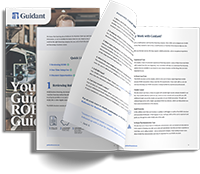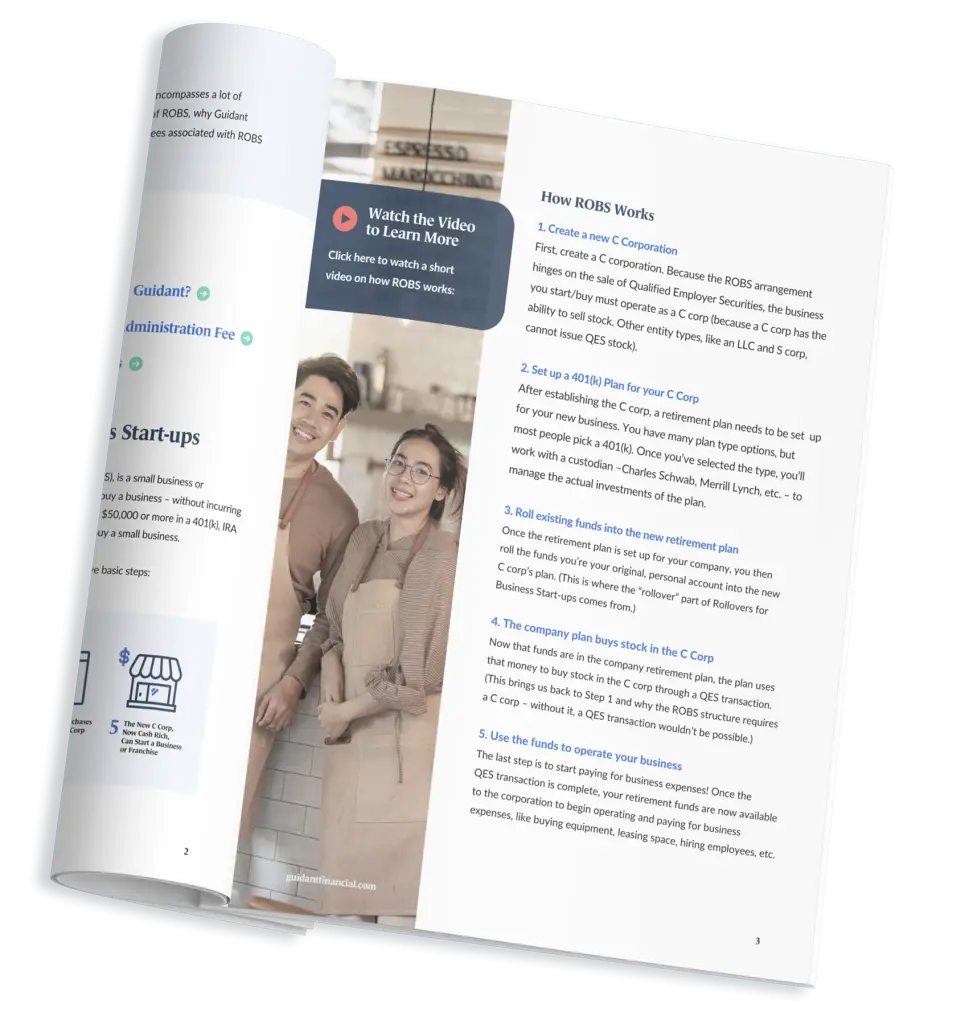There’s no marketing playbook for a pandemic or none that we know of, anyway. As such, many companies are using this time to exercise care and caution in their messaging. Absolutely no business wants to be remembered for being tone-deaf or, worse, turned into a laughingstock meme, during this unprecedented time. Therefore, the solution for this time — a challenging time, a trying time, an unprecedented time — is 45 seconds or less of soft piano keys and bland turns of phrases.
That’s soothing enough balm to customers, right?
Small businesses tread their own fine line in communications. They can also rehash the “we’re here for you” sentiment. Or, they can choose to be transparent and have a bit more wiggle room than their corporate counterparts. Over the last few months, I have quietly observed the best practices of various businesses as they stay in contact with customers during the quarantine. Here are a few strategies that have been working to keep in contact as we social distance.
1. Use Call to Action Email Subject Headers
In MyCorporation’s April e-newsletter, we said that we are here to support small businesses. However, that mention was saved for the newsletter’s opening copy. Our subject header was, “Get back to business + Start a new business with our FREE EIN offer.”
Call to action email subject headers should motivate customers to click on and engage with the email in their inbox. Before you see the mention of the free EIN offer, you read four simple words: get back to business. It’s a subtle, yet encouraging, CTA that inspires customers to keep creating, doing, inventing, thinking, and working.
If someone has a question or needs extra guidance, make sure they know exactly where to go for support. Make sure to include your most up-to-date contact information in the newsletter in a space where everyone can easily access it.
2. Focus on Building, and Maintaining, Customer Rapport
During a recent webinar with Salesforce, Mark Cuban answered a question from a viewer about the best sales strategy to have during the pandemic. His answer was simple: connect more than you sell.
Everything about the current climate is uncertain for customers. They are scared and in need of reassurance. Think about the people you’re currently in contact with during quarantine. You’re most likely reaching out to kind, understanding friends and family and surrounding yourself with a tribe of individuals that makes you feel good. You wouldn’t voluntarily decide to contact anyone that doesn’t spark joy.
Keep this in mind as your business builds relationships with customers, or expands on already established relationships, during the quarantine. Here are a few ways you can personalize how you stay in touch.
- Respond in a timely manner. If a customer has left you a message on Facebook or Twitter, don’t let a few days, or even 24 hours, pass between the time you received it and were able to address the message.
- Smile as you speak. If you’re taking a phone call, your smile can literally be heard through the speaker. Speaking in a soothing tone and at a pace that’s easy to follow.
- Ask customers how they would prefer to communicate. Communicating with customers is not a one-size-fits-all approach. Some individuals are more receptive to phone calls or texts, while others prefer emails. Know which avenue works best for customers and stick to it.
- Take notes when talking to customers on the phone or messaging on social media platforms. These notes should expand beyond notes pertaining to troubleshooting any current transactions. Break away from the script. Ask about how their day is going. What’s the weather like? Speaking of the weather, where is your customer based? Icebreakers like these give you the opportunity to better understand the customer and do as Cuban suggests: connect more than sell.
3. Ask Customers for Their Feedback
Many aspects of the road to recovery in a post-pandemic world will not look the same as they did in our “normal” times. Until a vaccine is developed for COVID-19, our way of life is likely to include maintaining social distancing practices and wearing masks to protect public health.
However, these changes will not deter small business owners. Resilient entrepreneurs may see this as a great opportunity to pivot moving forward. They will adapt to creating fresh processes that ultimately better the business, and its community, to be sustainable in the future.
Part of that innovation requires getting customer feedback. Asking customers for their feedback is a practice that should be implemented by all small businesses. It’s important to learn as much as possible about the customer experience and to get inside their heads. What are they saying? What are their thoughts on the road to recovery? What are they doing, and where might they need help?
How can your business provide that kind of assistance? Moreover, how can you keep working to anticipate the needs (and wants) of customers over time?
Seek out feedback from customers, from creating brief e-surveys they may fill out online to taking a Twitter poll and even asking them for their thoughts over the phone. Share the feedback with your team and encourage everyone to keep strategizing and coming up with ideas.
The more your small business knows via customer feedback, the better equipped you become to develop offerings and services that meet their needs. It’s that valuable kind of feedback that allows us to truly be all in this together and work towards a greater tomorrow.
Deborah Sweeney is the CEO of MyCorporation.com. MyCorporation is a leader in online legal filing services for entrepreneurs and businesses, providing start-up bundles that include corporation and LLC formation, registered agent, DBA, and trademark & copyright filing services. Follow her on Twitter @mycorporation.

















